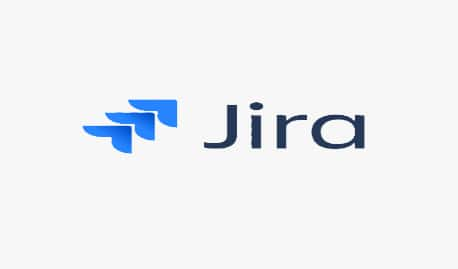Technical Continuous Delivery
Published date: April 15, 2024, Version: 1.0
Introduction
Continuous Delivery (CD) is a software engineering approach that focuses on the efficient, reliable, and frequent release of software updates, ensuring that a product is always in a releasable state. This method allows organizations to rapidly deliver new features, enhancements, and bug fixes to their customers with minimal risk. The concept of CD is grounded in the more significant DevOps movement, which emphasizes the collaboration and integration of development and operations teams to improve software quality and delivery speed.
CD builds on the practice of Continuous Integration (CI), which involves regularly integrating code changes from multiple developers into a shared repository. CI aims to identify and address conflicts or issues early in the development process by running automated tests against the integrated codebase. The CD takes this process a step further by automating the deployment of software changes to production-like environments and, ultimately, to production itself.

Key Principles of Continuous Delivery
Continuous integration (CI) is a development practice that involves regularly checking in code and running quick tests to discover regressions, which developers fix immediately. The CI process creates canonical builds and packages that are ultimately deployed and released.
Version control involves using a version control system, such as Git or Subversion, to manage all production artifacts, including application code, application configurations, system configurations, and scripts for automating build and configuration of environments.
Continuous testing involves testing throughout the software delivery lifecycle rather than as a separate phase after development is complete. Developers and testers work together, with high performers practicing test-driven development, getting feedback from tests in less than ten minutes, and continuously reviewing and improving their test suites.
Deployment automation involves fully automating the deployment process without the need for manual intervention.
Trunk-based development is a methodology that involves having fewer than three active branches in a code repository, with branches and forks having short lifetimes before being merged into the mainline. Teams in this approach rarely or never have code lock periods and can work quickly to deliver value to the organization.
Shift left on security involves integrating security into the software development process from the design and testing phases. This includes conducting security reviews of applications, involving the information security team in the application design and demonstration process, using pre-approved security libraries and packages, and testing security features as part of the automated test suite.
A loosely coupled architecture is one that enables teams to test and deploy their applications independently without requiring orchestration with other services. This approach allows teams to work quickly and deliver value without relying on other teams for support and services.
Empowering teams to choose tools means that teams can choose the tools they need to be effective in continuous delivery. This approach recognizes that practitioners are in the best position to determine what they need to succeed.
Effective test data management practices include having sufficient data to run a test suite, acquiring necessary data on demand, and not letting the data limit the number of tests that can be run. Teams should strive to minimize the amount of test data needed to run automated tests.
Comprehensive monitoring and observability enables teams to understand the health of their systems. Effective solutions allow teams to monitor predefined metrics, including system state as experienced by users, and to interactively debug systems and explore properties and patterns as they emerge.
Proactive notifications involve monitoring system health so that teams can detect and mitigate problems before they occur.
Database change management practices involve storing database changes as scripts in version control, making database changes visible to everyone in the software delivery lifecycle, and communicating with all parties when changes to the application require database changes.
Code maintainability involves creating systems and tools that make it easy for developers to change code maintained by others, find examples in the codebase, reuse other people’s code, and add, upgrade, and migrate to new versions of dependencies without breaking their code.

Best Practices for Continuous Delivery
Use version control: Ensure that all code, configurations, and documentation are stored in a centralized version control system, allowing easy collaboration and tracking of changes.
Automate builds and deployments: Use build automation tools to compile, package, and deploy applications, eliminating manual steps and reducing errors.
Implement Continuous Integration (CI): Integrate changes from multiple developers regularly into a shared main branch, and run automated tests to catch integration issues early.
Deploy to production-like environments: Test and deploy code in environments that closely resemble the production environment, to ensure a smooth transition when releasing to users.
Use feature toggles: Implement feature toggles to enable or disable new features, allowing for safe and controlled releases.
Monitor and measure: Implement monitoring and analytics tools to track application performance, user experience, and other key metrics, enabling rapid feedback and decision making.
Prioritize security: Incorporate security practices into the development process, including regular vulnerability scans, secure coding practices, and automated security tests.
Tools
| Functionality | Tool Name |
|---|---|
Version Control System |
Git |
| Version Control Collaboration | Azure DevOps Repo, Bitbucket |
Artifact Management System |
JFrog Artifactory, Azure Artifacts |
Configuration management tools |
Ansible, Puppet, Chef |
Build automation tools |
Jenkins, Bamboo, TeamCity, Azure DevOps |
Containerization and orchestration tools |
Docker, Kubernetes, OpenShift |
Monitoring and analytics tools |
ELK Stack, Grafana, New Relic, Datadog
|




